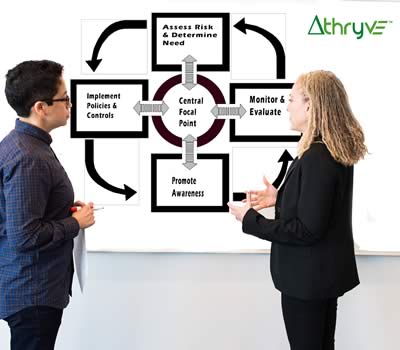The End User Experience
The very first shovels were the bones of large animals, such as the shoulder blade of an ox. For centuries our ancestors dug holes and moved rocks with these primitive implements. But over time the shovel improved, gaining shape, introducing metal and handles – things we take for granted.
Can you imagine someone today digging a hole with a piece of bone? Of course not. A better end user experience has helped evolve a tool that built civilisations. The end user experience is very important, no matter what you do. So it shouldn’t be underestimated – especially not in business applications.
But many do. GRC (Governance, Risk and Compliance) applications are particularly guilty of this. These operate in complex environments: you could be doing twenty different things on a single page. Things can become overly busy, limiting a user’s ability to concentrate. That lack of concentration means the user isn’t in proper control, which can result in lower productivity and more mistakes.
But don’t blame the employees. There is no reason today why business applications cannot present uniform interfaces that make sense no matter what needs to be done. If a user opens a risk record and a claims record, they should look the same. Not only does uniformity reduce mistakes and disengagement, but it can also ease training and buy-in.
So why don’t GRC applications do this? Because most can’t. They were designed in a monolithic ‘build it and they will come’ fashion. But not modern applications that use platform sensibilities –such as Riskonnect, built on Salesforce’s Force.com platform.
A lot of time, effort and money is spent by Force.com to develop decent user interfaces, so much so that Riskonnect was appointed a GRC application leader by Forrester in several areas, including end user experiences. But the distinction goes further: by using Visualforce, Force.com’s page designer, companies can customise their forms and even create entirely news ones.
Platform applications with the above pedigree ensure that everything looks the same. You might have an environmental safety app and a claims administration app, both conforming to one visual style. The platform sets it up and you choose the appropriate applications.
If we still gave ox bones to builders, we wouldn’t have skyscrapers. The end user experience matters and it’s about time applications catch up to this. But with a platform solution, such as Riskonnect powered by Force.com, you’re already there.




